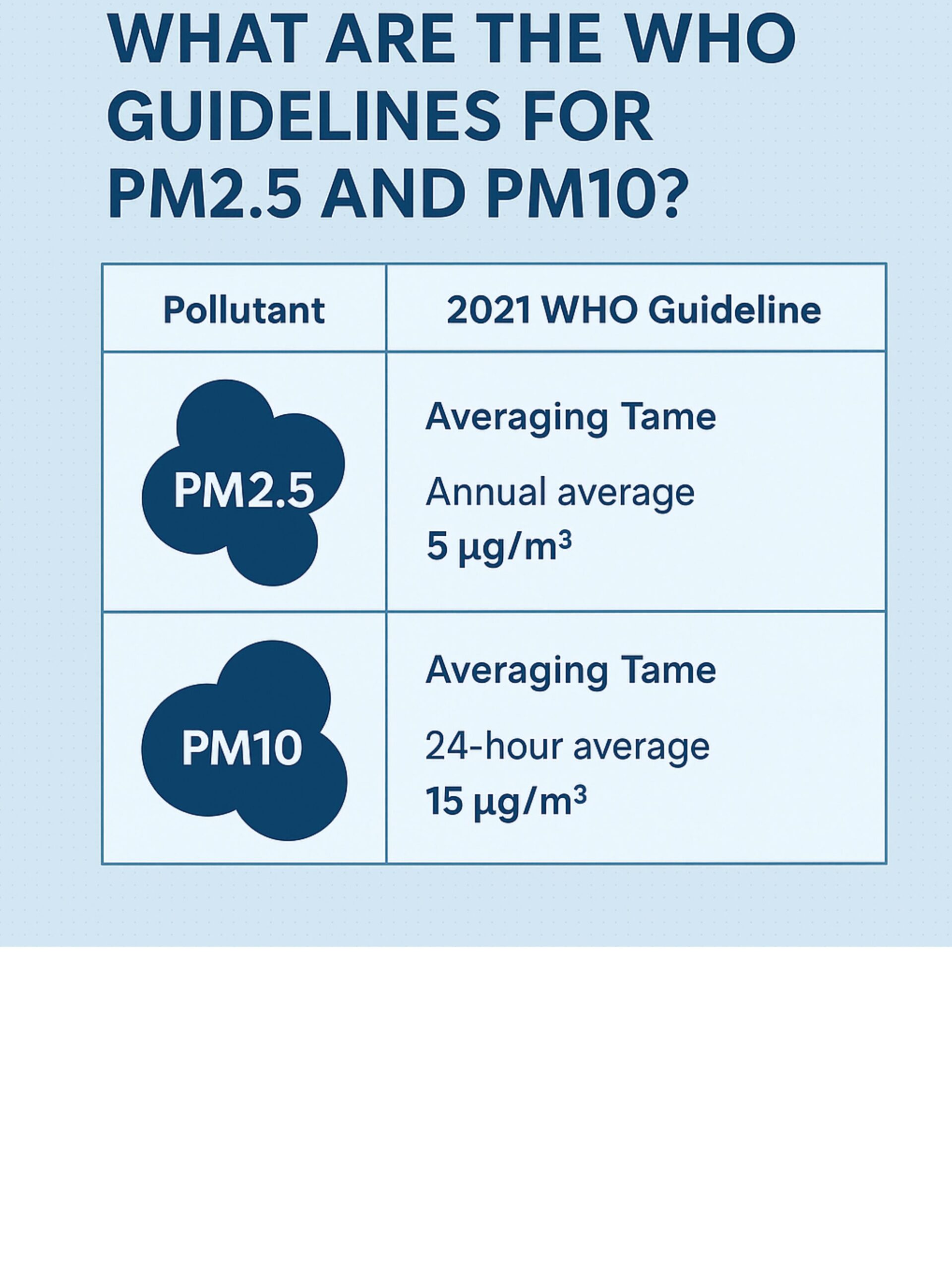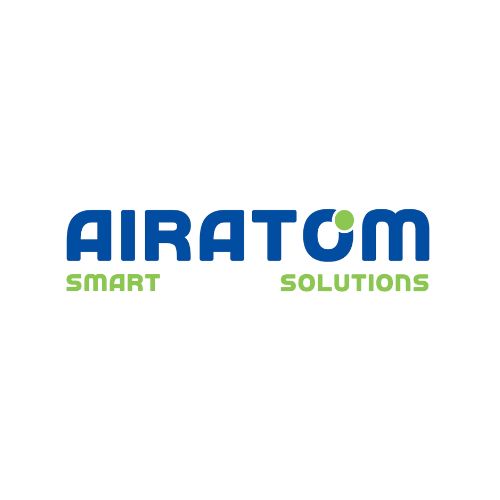
What Are the WHO Guidelines for PM2.5 and PM10?
Air pollution continues to pose a serious threat to global health, with PM2.5 and PM10 being among the most harmful pollutants. To help protect public health, the World Health Organization (WHO) has established specific air quality guidelines for these particles. In this blog, we’ll explore what those guidelines are, why they matter, and how individuals and cities can monitor and respond to PM levels using smart solutions like those offered at airatomsmartsolution.com.
Understanding PM2.5 and PM10
Before diving into the WHO recommendations, let’s briefly understand what these pollutants are:
PM2.5 refers to particulate matter with a diameter of 2.5 micrometers or smaller. These fine particles are often emitted from vehicle exhausts, industrial activities, and wildfires.
PM10 includes larger particles with a diameter of up to 10 micrometers, such as dust, pollen, and mold.
Due to their small size, PM2.5 and PM10 can be inhaled and cause severe respiratory and cardiovascular problems.
WHO Air Quality Guidelines (2021 Update)
In 2021, WHO updated its air quality guidelines based on the latest scientific evidence. Here’s what they recommend:
| Pollutant | Averaging Time | 2021 WHO Guideline | Previous (2005) Guideline |
|---|---|---|---|
| PM2.5 | Annual average | 5 µg/m³ | 10 µg/m³ |
| 24-hour average | 15 µg/m³ | 25 µg/m³ | |
| PM10 | Annual average | 15 µg/m³ | 20 µg/m³ |
| 24-hour average | 45 µg/m³ | 50 µg/m³ |
What This Means
The lower limits reflect stronger evidence that even low levels of air pollution can be dangerous.
These updated values are not legally binding, but serve as a global benchmark for policymakers, environmental agencies, and citizens.
Why the WHO Guidelines Matter
🫁 Health Protection
Prolonged exposure to PM2.5 and PM10 increases the risk of asthma, heart disease, stroke, lung cancer, and premature death. The WHO guidelines are designed to minimize these risks by encouraging cleaner air.
🏙️ Policy Development
Governments and environmental bodies use WHO standards to create national air quality regulations, guide urban planning, and promote the use of clean energy and transport.
📉 Public Awareness
These guidelines also serve to inform the public about what levels of particulate matter are safe and when action needs to be taken—like staying indoors or wearing a mask.
How to Monitor PM2.5 and PM10 Levels
Meeting WHO guidelines starts with knowing what’s in the air you breathe. That’s where smart air quality monitoring comes in.
At airatomsmartsolution.com, we provide cutting-edge air quality monitoring devices that track PM2.5 and PM10 in real time. Whether you’re a homeowner, business, school, or municipality, our sensors deliver the data you need to make informed decisions and stay within safe exposure limits.

 Cart is empty
Cart is empty
Leave A Comment